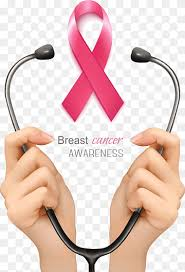What is Dystonia?
Dystonia is a movement disorder that affects the way muscles function. It causes certain muscles to contract without control, leading to twisting, tremors, or repetitive movements that may appear slow, jerky, or sustained. These movements are not deliberate and can sometimes become painful or interfere with regular tasks. Dystonia can affect a single muscle, a group of muscles, or multiple areas of the body at once.
Common Symptoms
The condition varies widely in how and when it appears. Some forms develop in childhood and progress over time, while others begin in adulthood and stay limited to one body part. Dystonia can occur on its own or be linked to other neurological conditions such as Parkinson’s disease, stroke, or brain injury. In some cases, it may also be triggered by certain medications or infections. Although it is a chronic condition, the symptoms can be managed with appropriate treatment depending on the type and severity.
Based on Cause
This classification helps explain why dystonia occurs and whether it is linked to another medical condition.
- Primary (Idiopathic) Dystonia: Occurs on its own, without an identifiable underlying disease or brain abnormality. It may have a genetic basis, especially in younger individuals. DYT1 dystonia is one such example, usually beginning in childhood or adolescence and possibly progressing to affect more parts of the body.
- Secondary Dystonia: Develops as a result of another condition or external factor. This could include brain injuries, infections like encephalitis, exposure to certain medications (particularly some antipsychotics or anti-nausea drugs), or neurological disorders such as Parkinson’s disease or Wilson’s disease.
- Dystonia-Plus Syndromes: Refers to conditions in which dystonia appears alongside other movement-related symptoms, such as tremor or features of Parkinsonism. These syndromes may be genetic and often require specific medication and long-term management. One example is dopa-responsive dystonia, which often improves with low doses of levodopa.
- Hereditary Dystonia: Caused by genetic mutations passed down in families. Several forms have been identified, each with different patterns of inheritance, age of onset, and symptom progression. Genetic testing can help confirm a diagnosis in some cases, especially when symptoms begin early in life.

